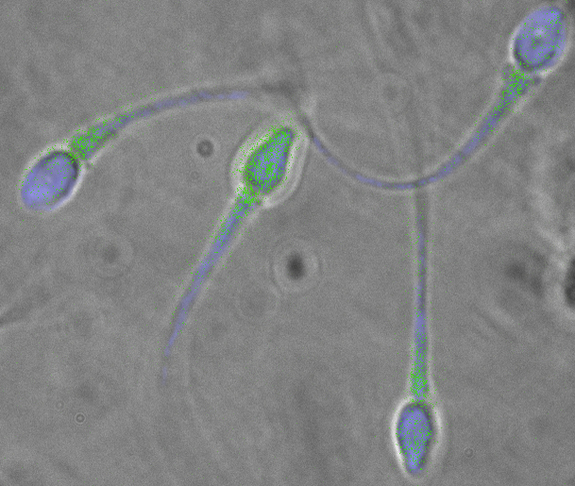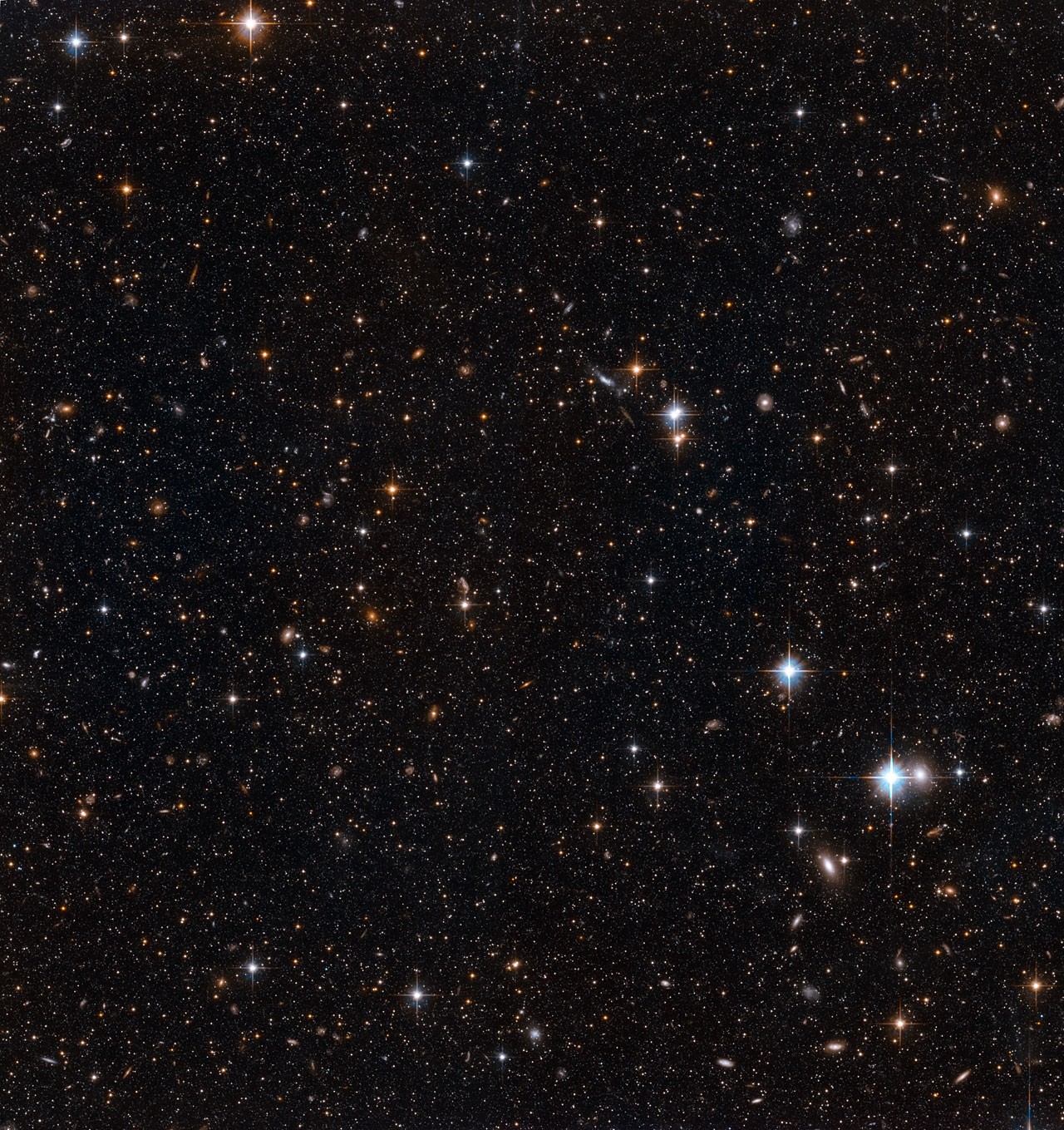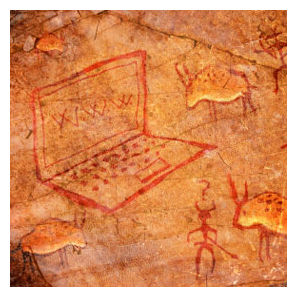
© The Daily Galaxy
Some of the most incredible minds on Earth lack this ability to filter irrelevant facts, or perhaps it is more accurate to say that to a savant, the irrelevant IS relevant, and incredibly so. Somehow their brains are able to store and access incredible loads of information, even perceiving and relating to this information in an entirely different way.
Stephen Wiltshire is considered an autistic savant. He has an ability which can certainly be described as a "super power". Sometimes referred to as the "human camera", Wilshire has the unnerving ability to draw exact replicas of intricate structures, buildings and landscapes - virtually anything he lays eyes on - after a quick glance. Without taking notes or drawing rough sketches, Wiltshire methodically replicates what his eyes have seen down to the exact number of windows in tall skyscrapers.
While watching a video (see below) of Stephen drawing Rome, it almost seems as if he is a character straight from NBC's popular TV series
Heroes - born with a superhuman ability. Like many other savants, Wiltshire's mind is a mystery. He did not speak his first words, "pencil" and "paper" until he was five years old. Savants like Wiltshire seem to have been born fundamentally different.
Imagine being able to learn one of the most difficult languages on Earth, Icelandic, in just 7 days. Well known Savant, Daniel Tammet, makes is look easy. His extraordinary abilities are linked to synesthesia. He "feels" numbers in terms of texture, shape and color. Some scientists believe that the epileptic seizures he suffered as a small child, which nearly ended his life, somehow unlocked the door to an incredible ability that may be inherent in all humans.
Individuals have been known to develop extraordinary abilities much later in life, or after severe brain trauma. Alonzo Clemons, for example, developed an incredible talent, which appears to have emerged directly following a head injury as a child. He can see a fleeting image (on a television screen for example) of any animal, and in less than 20 minutes sculpt a perfect replica of that animal in three-dimensional accuracy. The wax animal is correct in each and every detail, down to each fiber and muscle.





Comment: Consider the following excerpts from Superluminal Communications:
October 23, 1994: October 25, 1994: